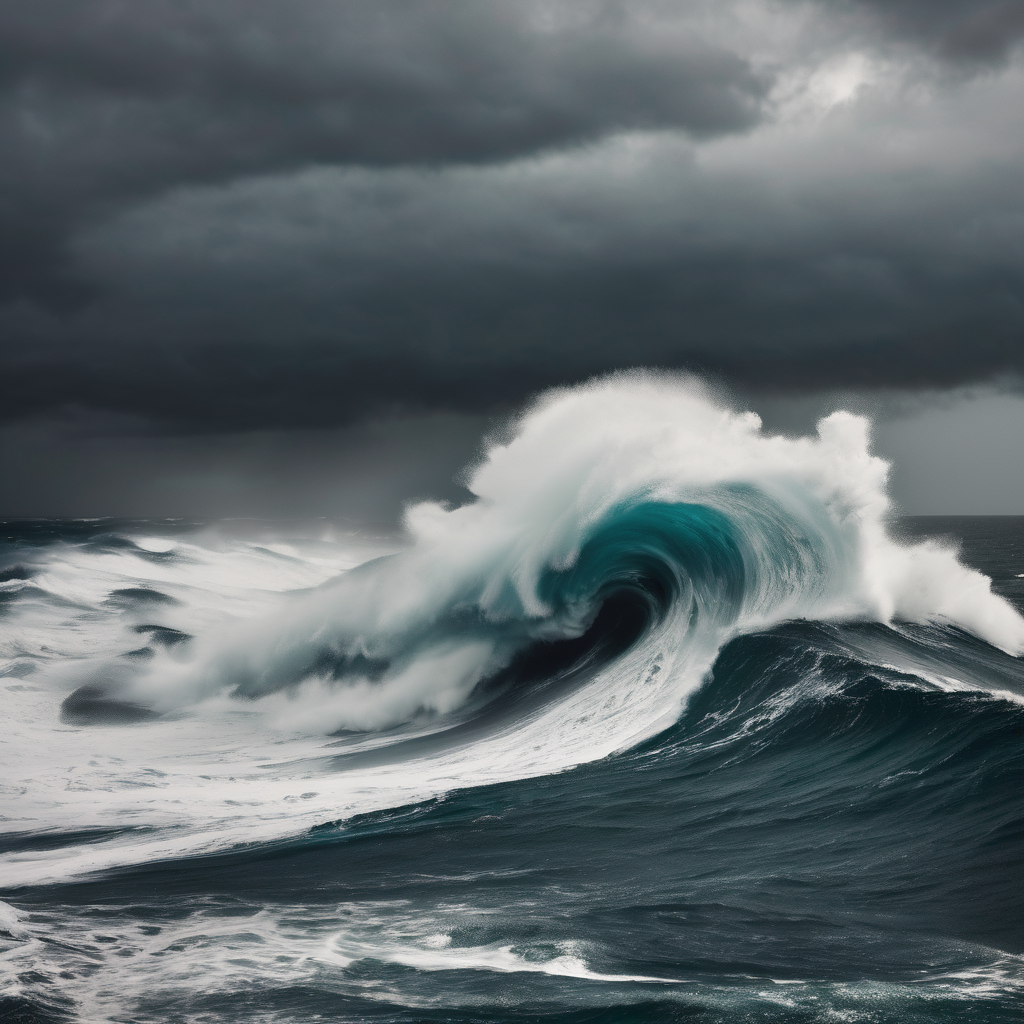Hurricane Melissa made an unprecedented landfall in Jamaica on Tuesday as a category five storm, according to the U.S. National Hurricane Center (NHC). It is being hailed as one of the most powerful hurricanes to strike the Atlantic basin in history, with maximum sustained winds reaching up to 295 km/h. As residents prepared for its impact, government officials warned of catastrophic storm surges, flash floods, and landslides.
The storm struck the island amid severe weather warnings, as authorities urged residents to seek shelter and reinforce their homes. Government Minister Desmond McKenzie stressed the danger, declaring, “Don’t bet against Melissa because you will lose.” By Tuesday morning, hundreds of thousands of Jamaicans were without power as the hurricane lashed the coastline with its violent winds and torrential rains.
Reports from meteorologists indicated that Melissa was threatening rain accumulations that could exceed 70 cm in Jamaica, with localized areas potentially receiving up to 762 mm. Such extreme rainfall is compounded by the storm’s slow movement over warm Caribbean waters, leading to severe flooding risks across the island. The NHC described the situation as dire, warning of potential total structural failures in areas within the storm’s trajectory.
In the days leading up to landfall, neighboring countries like Haiti and the Dominican Republic faced heavy rains, resulting in fatalities. There have been reports of at least three deaths during storm preparations in Jamaica. The storm was then expected to continue its severe path towards eastern Cuba, the Bahamas, and Turks and Caicos.
Authorities had moved in anticipation of the hurricane, activating over 800 shelters and pre-positioning essential supplies like tarpaulins and hygiene kits for distribution. The International Federation of the Red Cross projected that up to 1.5 million people in Jamaica could be directly affected by the storm.
Prime Minister Andrew Holness highlighted the preparations made by the government, which included an emergency response budget of USD 33 million. However, he acknowledged the limitations of Jamaica’s infrastructure, particularly in vulnerable low-lying areas like the historic town of Port Royal and expressed concern over potential damage to homes and farmlands.
As Hurricane Melissa approached, officials and residents felt a sense of resilience and unity in their preparation efforts. The community spirit was emphasized across Jamaica as people rallied together to face what many described as the storm of the century. With strong adherence to safety measures and ongoing support from emergency services, there remains hope that the communities will endure and recover from this formidable natural disaster.
